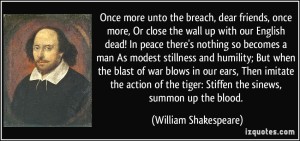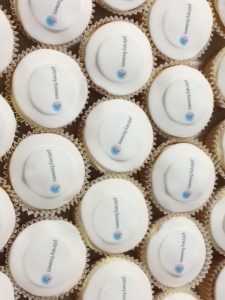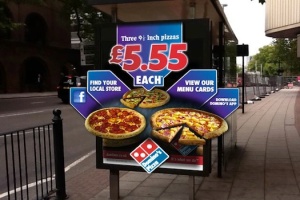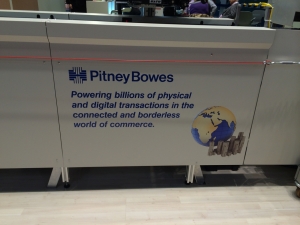
A customer’s relationship with a brand is borne from the sum of the breadth of the rational and emotional touches as they wind their way along a journey with a business. Build strong confidence and trust through the customer’s journey explicitly or subconsciously, with your product, service or proposition, and you hit one of the highest notes of emotional engagement, against which higher rates of retention (or churn-reduction), loyalty and advocacy follow.
One relatively new technology, Blockchain, the foundation of which was conceptualised in the early 1990s and then developed after the financial crash of 2008 to facilitate an alternative de-centralised, accessible, alternative financial network. It is best known for virtual crypto-currencies such as Bitcoin, and has the credentials to strengthen the fundamental trust between businesses and customers across a multitude of industry sectors that use financial transactions, contracts, and trading along a number of steps in a supply chain.
Blockchain technology secures a record of step-by-step digital transactions, using an encrypted ledger, from the original creator through various partners / intermediaries / channels / logistics service providers, to the end customer. Throughout this chain the individual blocks of information are updated at every step and saved as an uneditable encrypted digital record, which provides any end-recipient with ultimate trust in the authenticity of what they have received. A list of indelible digital ink signatures if you like!
Ethereum is one of the platforms on which sector-relevant Blockchain protocols are being developed. Start-ups, and existing businesses within industry verticals, which have a number of structured transactions in their supply chain, can research and select the protocol, and design the set of commercial usage rules, which will best fit-with and strengthen their transaction journey and customer trust.
2018 is the year when larger country Governments and Regulators will understand and accept that Blockchain is a long-term technology enhancement for the digital economy, and invest in the expertise and resources to further legitimise such an important global trading platform.
Such legitimacy will reinforce the parallel momentum that has already captured the imagination of the innovators and early-adopters of Blockchain and those who have made investments in the technology, both financially and in terms of innovation, around the world. With such momentum and confidence comes the shift of Blockchain across the chasm to the larger early majority stage of the diffusion cycle, with the requisite sector case-studies, signalling a more mature phase of its evolution as a technology and a further fillip to a more frictionless global digital economy.
Blockchain is a rapidly maturing financial transaction, contract confirmation and trading technology, which can also play a strong role in enhancing customer trust and emotional engagement. All of which strengthens the financial results of the adopting business, and boosts the wider customer trust economy.
Useful web links:
https://en.wikipedia.org/wiki/Cryptocurrency
http://uk.businessinsider.com/blockchain-cryptocurrency-regulations-us-global-2017-10
https://medium.com/blockchannel/understanding-the-ethereum-ico-token-hype-429481278f45
https://ondigitalmarketing.com/learn/odm/foundations/5-customer-segments-technology-adoption/
https://www.coindesk.com/information/what-is-a-distributed-ledger/
https://www.slideshare.net/andrekearns/crossing-the-chasm-2521385
https://techcrunch.com/2016/04/24/the-future-is-the-trust-economy/

































